Optimal Timing for Foundation Pouring
Foundation pourings are a critical stage in construction that require precise timing to ensure structural integrity. The optimal time for pouring foundations depends on several factors including weather conditions, soil stability, and project schedule. Proper timing helps prevent issues such as cracking, shifting, or water infiltration, which can compromise the entire structure.
Foundation pourings should occur during periods of stable, mild weather with minimal rain or extreme temperatures. Temperatures between 50°F and 85°F are generally preferred for optimal curing.
It is best to pour foundations when soil is dry and compacted. Excess moisture or loose soil can lead to uneven settling or shifting.
Timing should align with other construction phases to prevent delays. Early planning ensures readiness for pouring when conditions are favorable.
Pouring during peak winter or summer months can pose risks. Cold weather can freeze the concrete, while high heat accelerates curing and may cause cracking.
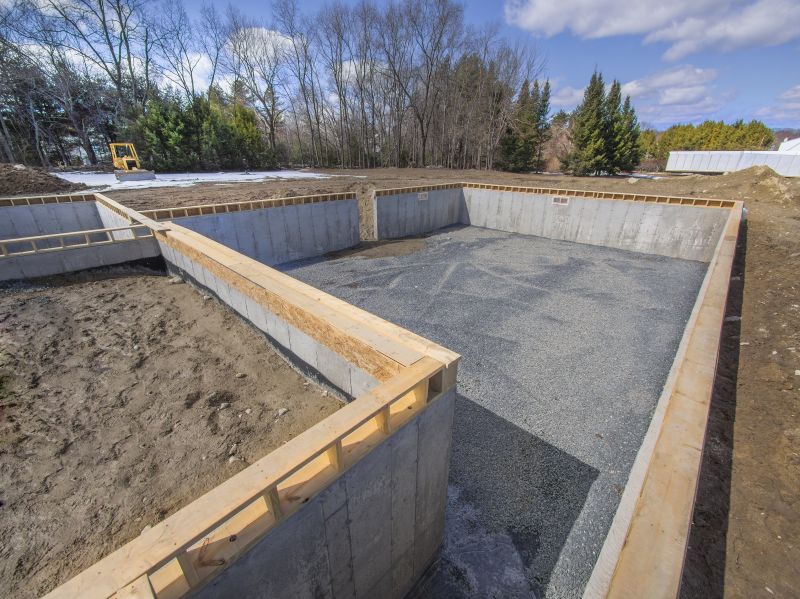
Spring often provides moderate temperatures and stable weather, ideal for foundation work.
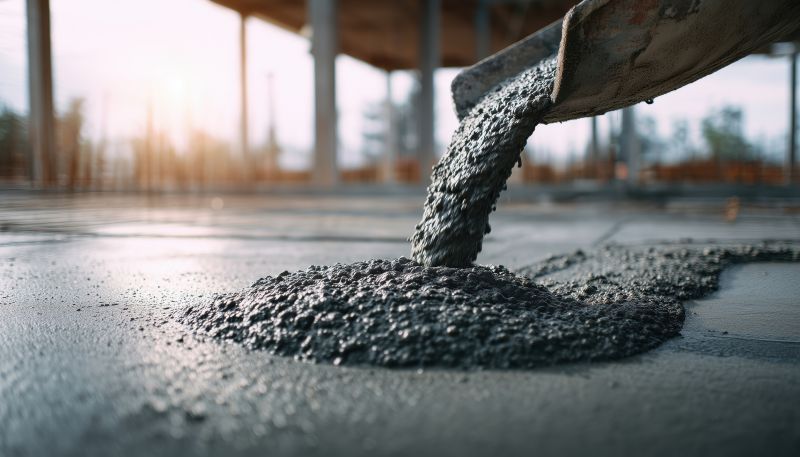
Early summer can be suitable if temperatures are controlled and rain is minimal.
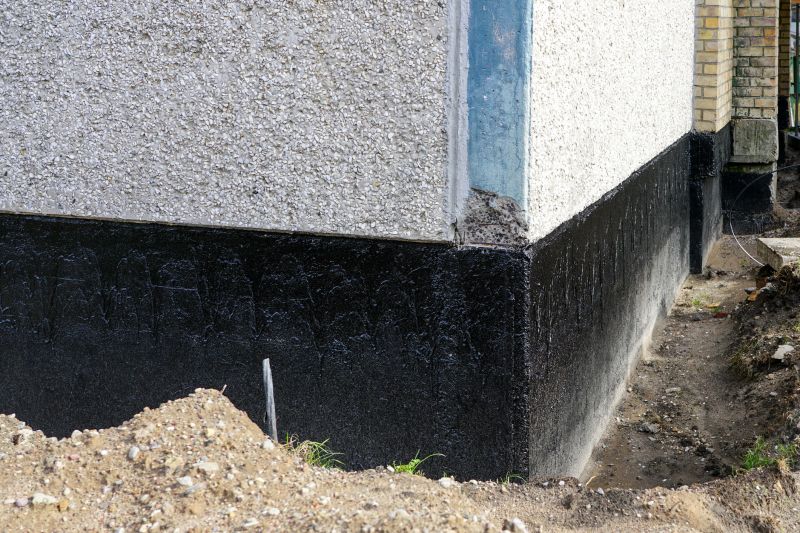
Fall offers cooler temperatures and less humidity, favorable for curing.
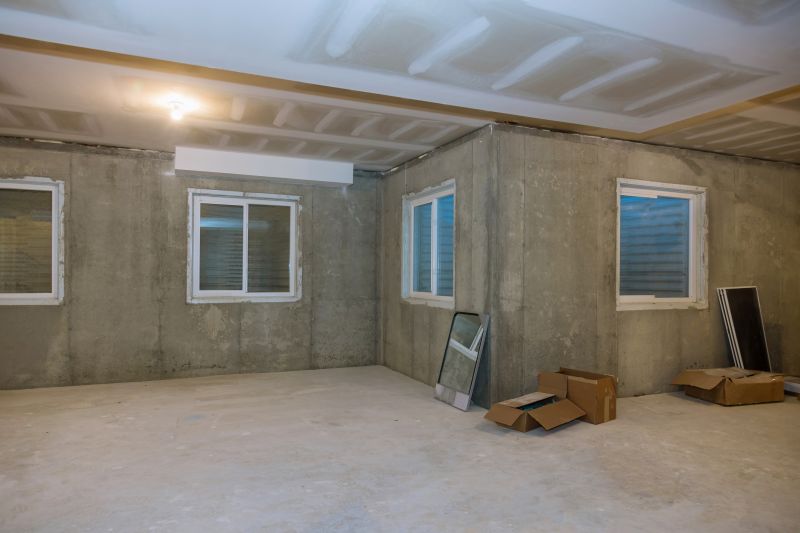
Ways to make Foundation Pourings work in tight or awkward layouts.
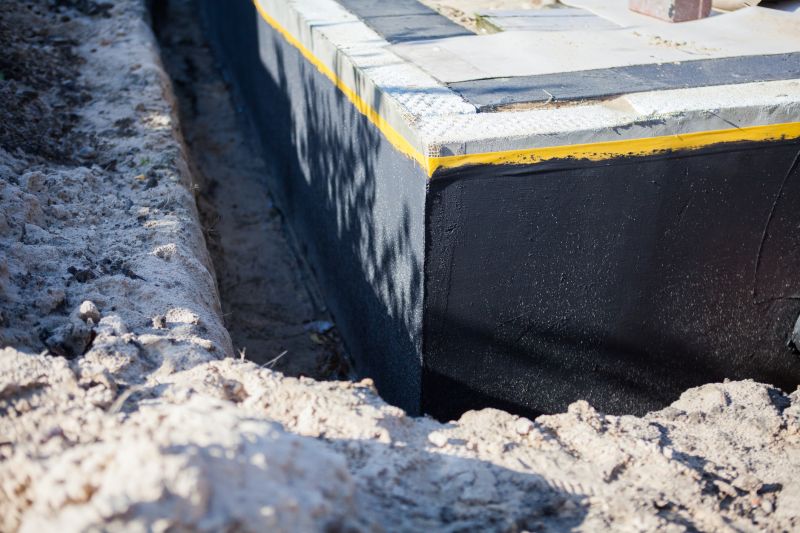
Popular materials for Foundation Pourings and why they hold up over time.

Simple add-ons that improve Foundation Pourings without blowing the budget.
| Season | Optimal Conditions |
|---|---|
| Spring | Moderate temperatures, minimal rain, soil stability |
| Summer | Early summer preferred, avoid extreme heat and storms |
| Fall | Cooler temperatures, less humidity, good curing conditions |
| Winter | Generally avoided due to freezing temperatures and frost risk |
Foundation pourings are a foundational step in construction that significantly impact the durability of the structure. Proper timing ensures the concrete cures correctly, which is vital for load-bearing capacity. Variations in weather and soil conditions can influence the success of a pour, making planning and monitoring essential components of the process.
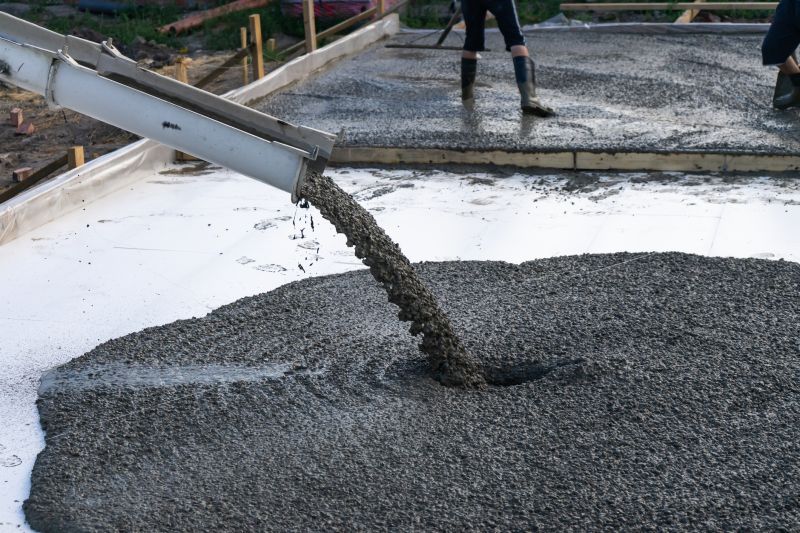
Proper equipment ensures a smooth pour and consistent flow of concrete.

Site preparation includes soil compaction and formwork setup for a successful pour.
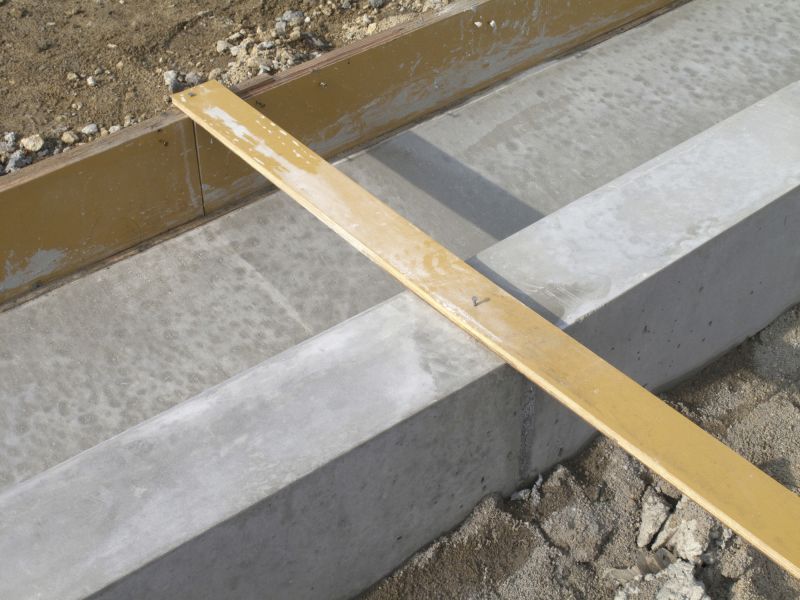
Proper curing techniques are essential for strength development.

Skilled labor ensures precision and quality during foundation work.

High-end options that actually feel worth it for Foundation Pourings.
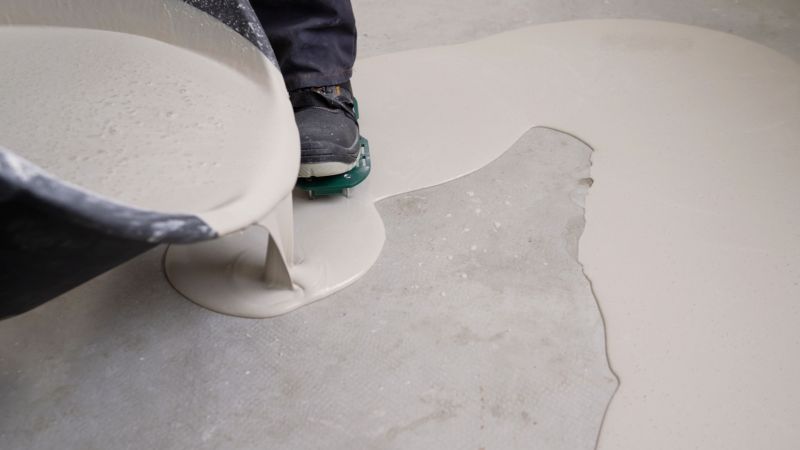
Finishes and colors that play nicely with Foundation Pourings.
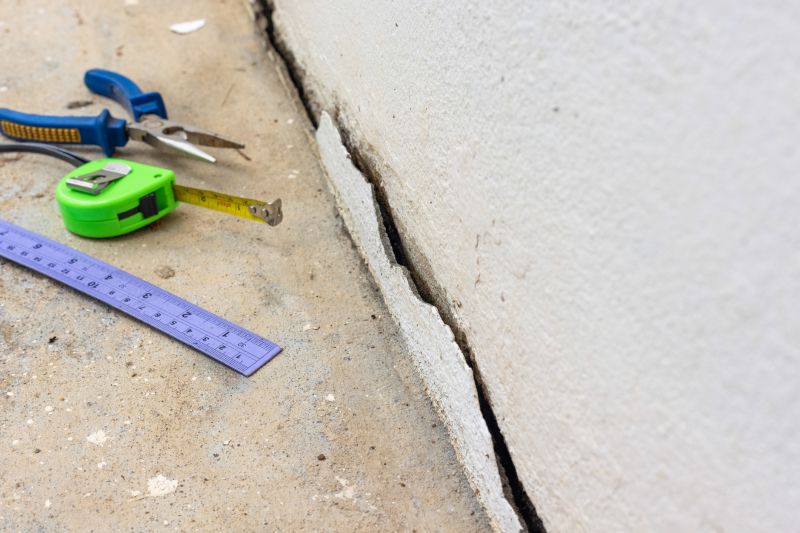
Little measurements that prevent headaches on Foundation Pourings day.
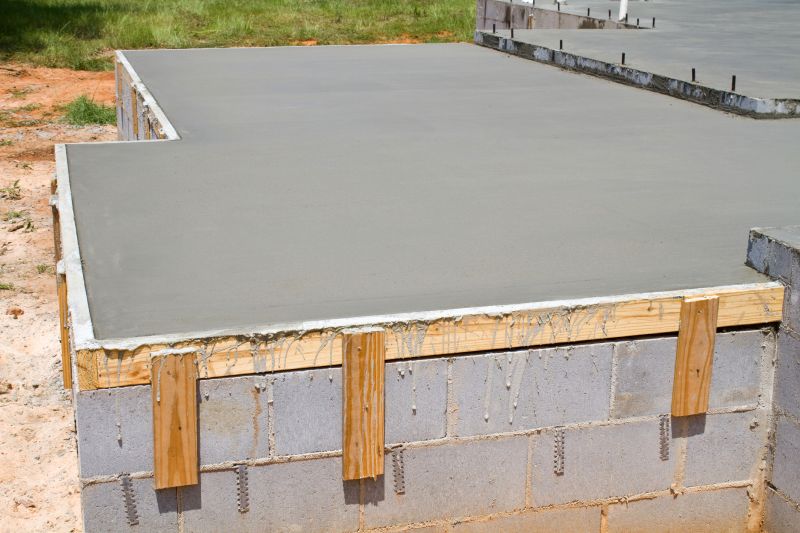
A 60-second routine that keeps Foundation Pourings looking new.

A well-poured foundation provides a stable base for construction.
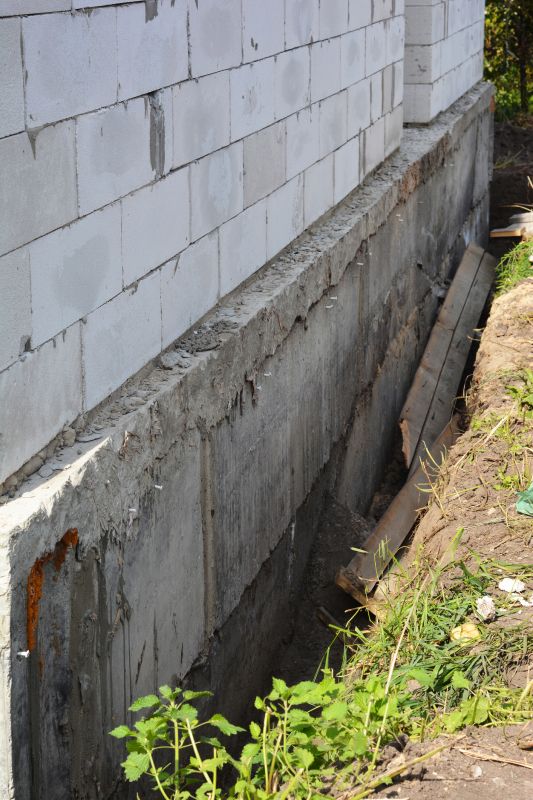
Proper curing methods enhance strength and durability.
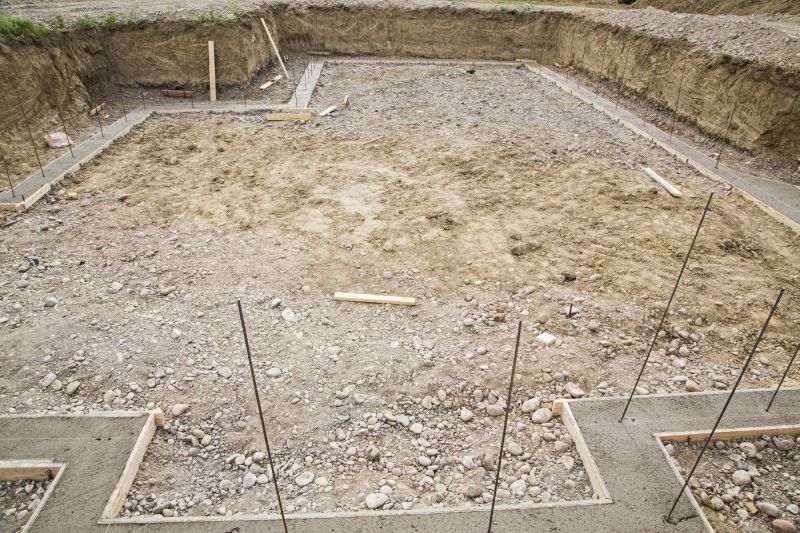
Preparation is crucial for a successful foundation pour.
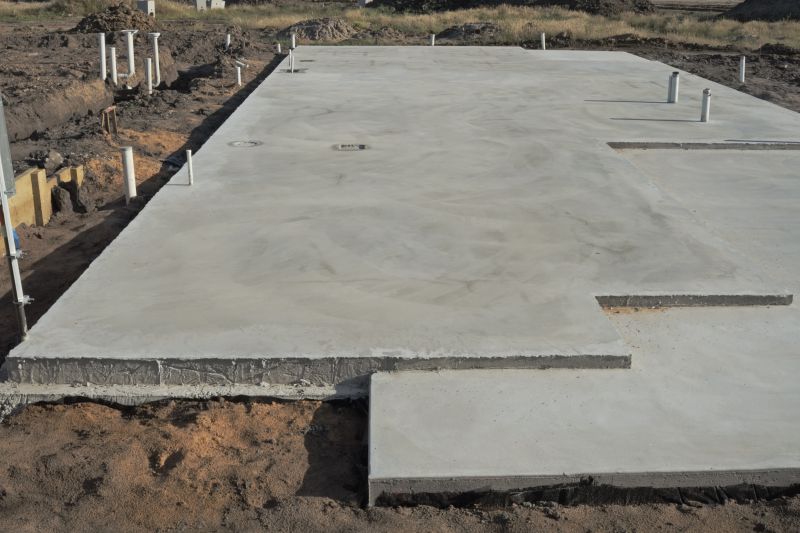
A frequent mistake in Foundation Pourings and how to dodge it.

Small tweaks to make Foundation Pourings safer and easier to use.

Lower-waste or water-saving choices for Foundation Pourings.
Interested parties are encouraged to contact for more information about scheduling foundation pourings. Proper timing and preparation are essential for a successful construction project, and professional guidance can help determine the best approach for specific site conditions.



